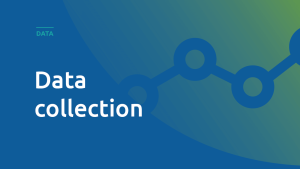Data collection
How UNOS collects data
UNOS developed the online database system UNetSM to collect, store, analyze and publish all OPTN data that pertains to the patient waiting list, organ matching, and number of transplants performed. The OPTN has tracked every organ donation and transplant event occurring in the U.S. since Oct. 1, 1987. Learn more about the technology that powers transplants.
What do we do with this data?
UNOS research staff aggregate national OPTN data and analyze trends in transplantation, and make this data available to researchers, patients and the public at large. By tracking data at national, regional and individual institutional levels, UNOS researchers strive to:
- develop strategies to drive improvement
- continually refine transplantation policies to identify and address inequities in transplant
- develop system tools to allow for more efficient donor and recipient matching
- identify opportunities to increase the number of transplants
- provide powerful research and data analytics to members in order to contribute to collective knowledge of effective organ transplantation
Data collection forms
The data collection forms below show what data elements the OPTN currently collects. Transplant hospitals, histocompatibility laboratories, and organ procurement organizations enter data into the OPTN database in UNetSM.
Pre-transplant information is derived primarily from the waitlist and match runs. Transplant professionals enter some pre-transplant information about both candidates and recipients and post-transplant information about recipients on organ-specific OPTN data collection forms. Information used to reconcile donor and recipient data about the transplant is entered on the Donor Organ Disposition record.

OPTN data collection forms have been updated
Approved forms
O.M.B. NO. 0915-0157 Expiration Date: 09/30/2026
Deceased donor
Living donor
Transplant candidate registrations
Transplant recipient registrations (including VCA)
Pediatric
Vascularized composite allografts (VCAs)
Transplant recipient follow-ups (including VCA)
Adult
Pediatric
Vascularized composite allografts (VCAs)
Post transplant malignancy
Histocompatibility
Data requests
Submit a data reporting or modification request:
Data reporting/modification request forms
Candidate forms
Recipient forms
- Transfer recipient
- Request: add transplant which occurred prior to Oct. 1, 1987 to the OPTN system
- Recipient death information
- Modify recipient demographics
- Recipient form activities
Donor forms
Histocompatibility
Data definition updates
Find list of revised data definitions to answer member questions about existing data fields and to clarify new requirements.
UNetSM
Enter data on candidates, recipients and donors. If you can’t access the site, your hospital or OPO site administrator can help you.
